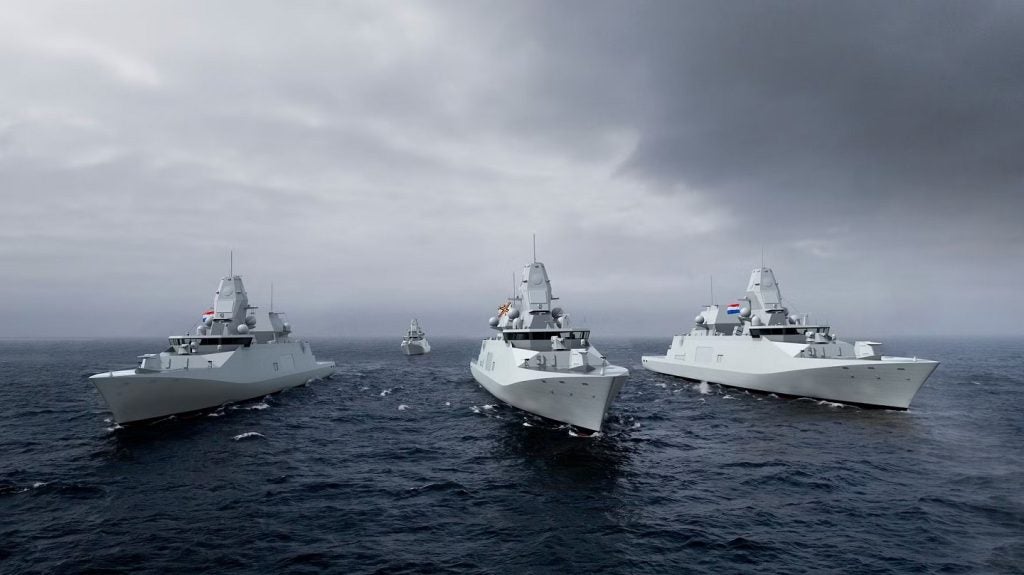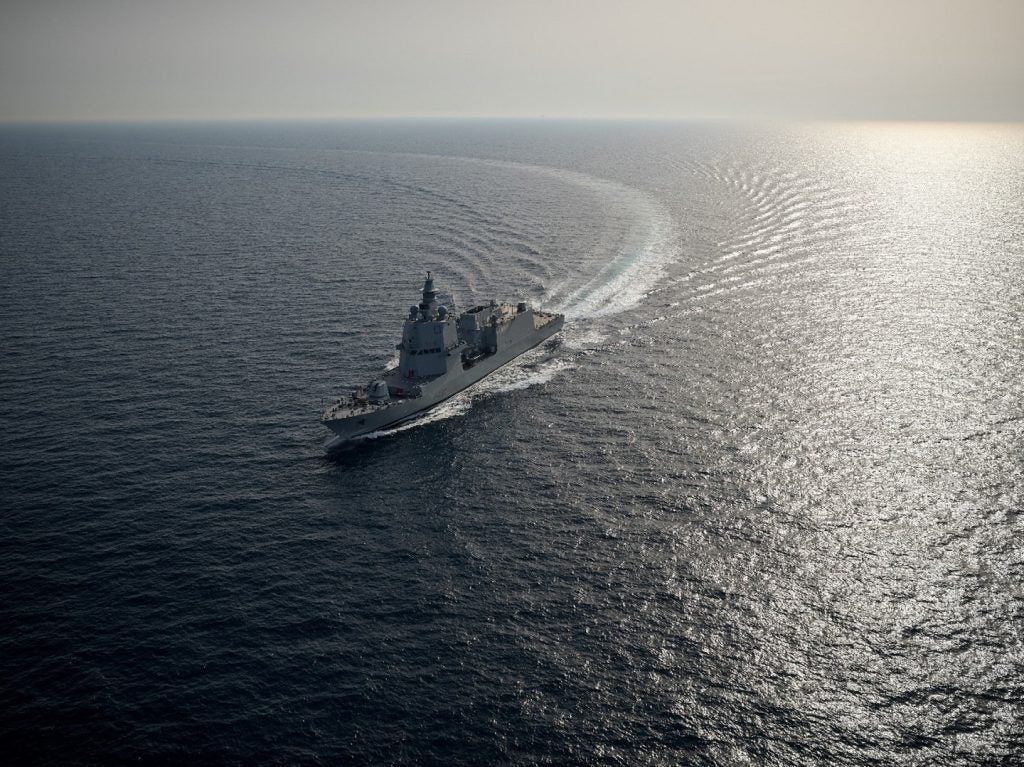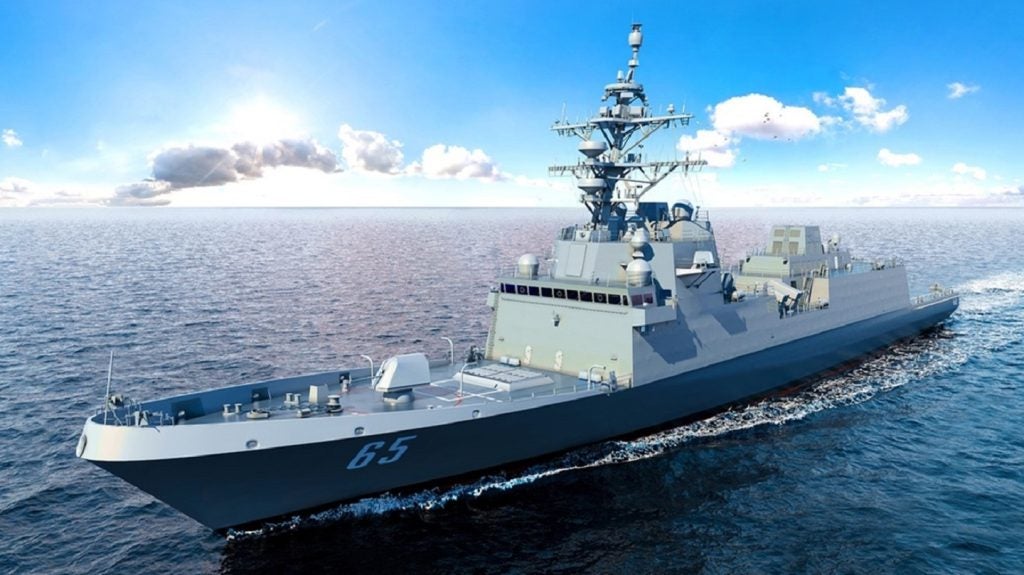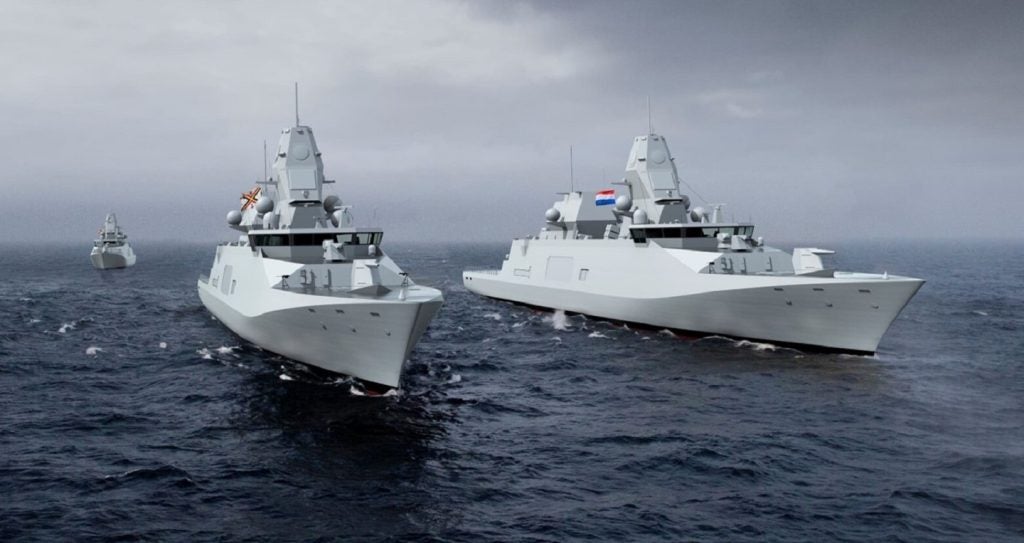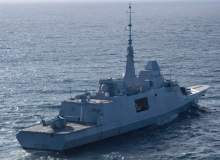
FREMM, short for "frégate multimission", is designed to act as a command vessel, escorting high-value assets and carrying out anti-submarine warfare and air defence. It features a 520m² helicopter deck and can be armed with cruise missiles.
Responding to modern Naval demand for value for money, versatility and the ability to easily integrate into multinational forces, FREMM comes in a number of variants, offering a high degree of interoperability and modularity. According to DCNS, it boasts an advanced architecture, offers a high degree of availability and survivability, and has low through-life costs.
So far, France has ordered 11 frigates, the Italian Navy ten, and Morocco one. France and Morocco will operate one anti-submarine warfare (ASW) variant, while Italy will operate a different ASW model plus a general purpose (GP) version.
How well do you really know your competitors?
Access the most comprehensive Company Profiles on the market, powered by GlobalData. Save hours of research. Gain competitive edge.

Thank you!
Your download email will arrive shortly
Not ready to buy yet? Download a free sample
We are confident about the unique quality of our Company Profiles. However, we want you to make the most beneficial decision for your business, so we offer a free sample that you can download by submitting the below form
By GlobalDataMaking waves: FREMM’s good first impression
The 142m Acquitaine certainly made a positive impression on Canada’s Minister of National Defence, Peter MacKay. When the frigate docked at Canadian Forces Base Halifax, he toured the command-and-control systems on the bridge, the engine rooms and missile systems, and declared himself impressed with the vessel.
See Also:
Designed for a complement of 108 officers and crew, Acquitaine is being tested with a crew of just 94, which is fewer than half the requirement of the French Navy’s previous generation of destroyers.
This is made possible through a high level of automation, cutting lifecycle costs and freeing up on-board space, though the advanced technology means up-front costs compare unfavourably with rival systems.
Acquitaine’s commander, Capt. Benoit Rouviere, said in a recent interview: "We put a bit more money into buying the ship, but over the lifecycle we are trying to save a lot of money."
Canada has not yet settled on the exact specifications for its CSC programme, so the bidding process is some way off before DCNS can make a serious proposal.
But an off-the-shelf vessel adapted to Canada’s requirements and already tested by a partner navy could represent the value-for-money the Canadian Government needs to demonstrate to its taxpayers.
Related content
FREMM European Multimission Frigate, France / Italy
The FREMM European multimission frigate is a joint programme between France and Italy. It will build 21 FREMM frigates for the French Navy and the Italian Navy.
Radar in 2013 – a technology that just keeps on detecting
Despite the general downturn in defence budgets, radar development and procurement has remained relatively strong, bucking the wider trend of reduced spending.
Follow Berenice Baker on Google+


.gif)

